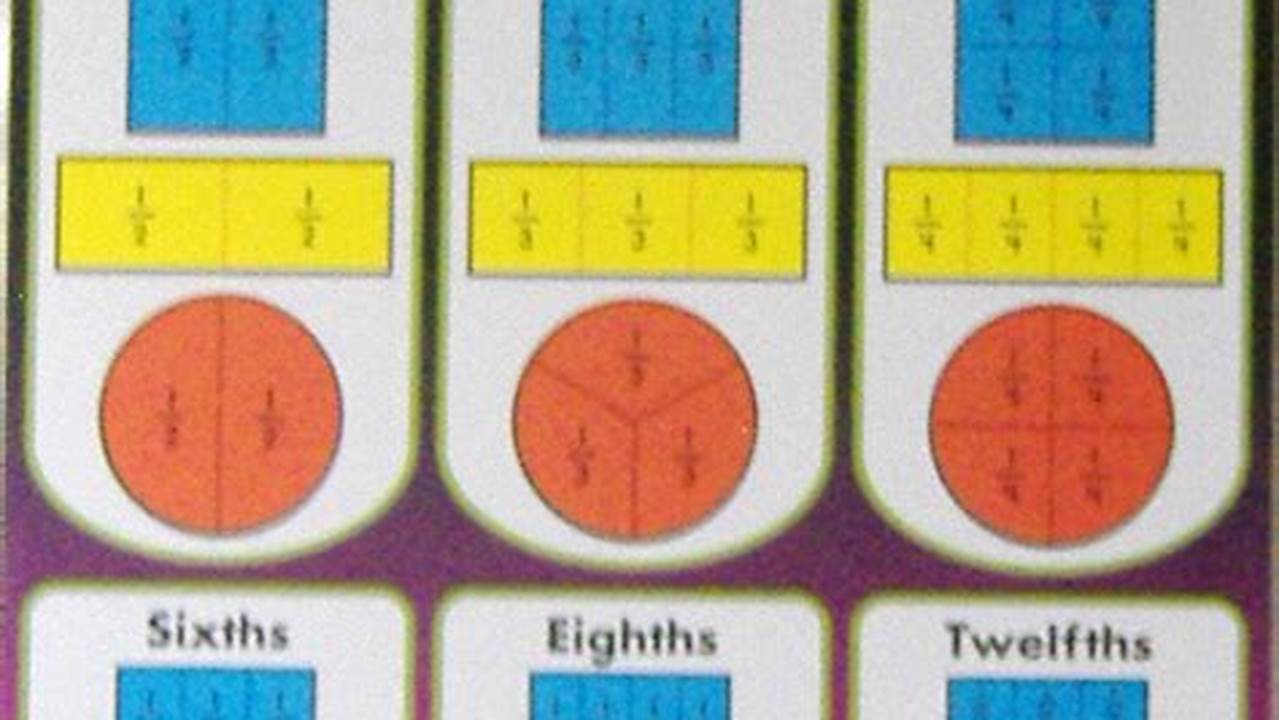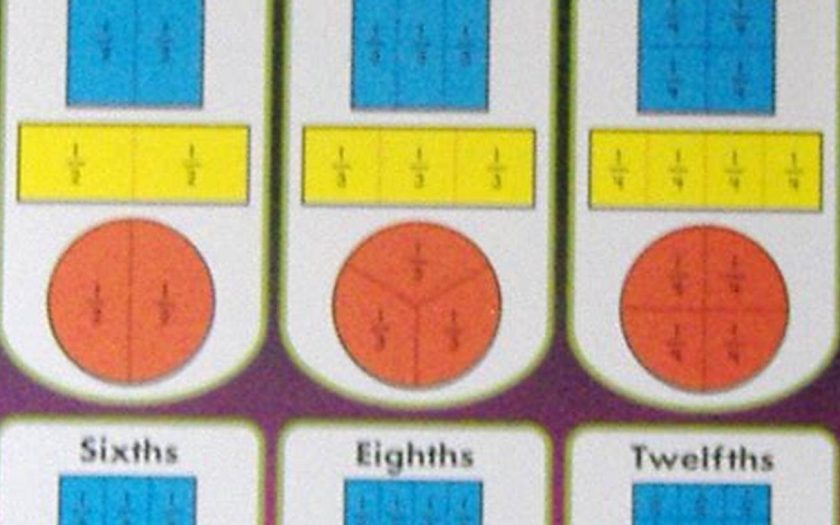
Mathematics can seem like a vast, intricate landscape, full of strange symbols and complicated concepts. But don’t let it intimidate you! There are tools to make this journey easier and even fun. Think of these tools as maps helping you navigate unfamiliar territory.
One of the most helpful tools for understanding mathematics is the use of visual aids, specifically charts. Charts help to organize information and present it in a way that is easy to understand and remember. So let’s explore the world of mathematical charts!
Navigating the World of Mathematics with Charts
Charts in mathematics come in many forms, each designed for a specific purpose. Some charts help visualize data, like bar graphs and pie charts that show proportions. Others organize information, such as multiplication tables or periodic tables helping us see patterns and relationships easily.
One of the most common types of charts is the number chart. Number charts, like the hundred chart, are great for kids learning to count and recognize patterns. They clearly show how numbers relate to one another, making it easy to understand addition, subtraction, and even multiplication.
Another helpful type of chart is the geometric chart. These charts illustrate shapes, angles, and their properties. They’re fantastic for learning about different polygons, understanding the relationship between angles in a triangle, or visualizing 3D solids. Geometry becomes less abstract and more tangible!
Charts can also be used to represent mathematical functions and relationships. Think about a coordinate plane or a graph of a linear equation. These visual representations show how variables are related and can help you predict the outcome of different scenarios. They truly bring abstract concepts to life!
Beyond the classroom, mathematical charts are used in countless real-world applications. From engineers designing bridges to financial analysts predicting market trends, charts help people make sense of complex data and make informed decisions. The ability to interpret these charts is a valuable skill.
So, the next time you’re feeling lost in the world of mathematics, remember the power of charts! They are a friendly and accessible way to understand even the most challenging concepts. Explore different types of charts, experiment with creating your own, and watch your understanding of mathematics grow. Now, go and chart your course to mathematical success!
